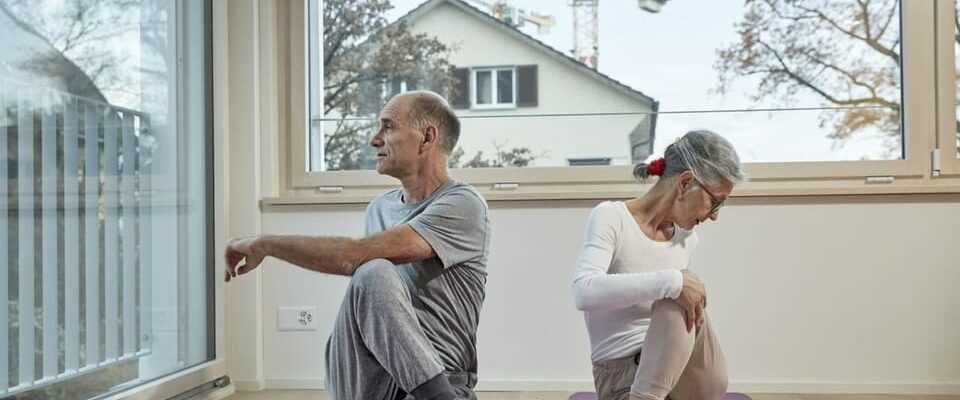contents
The National Council’s proposal to reform the second pillar aroused the anger of the left. The Council of States Commission is more generous.
The reform of the first pillar, i.e. the AHV, will probably be voted on before the end of this year. It is about raising the retirement age for women to 65. The reform of the second pillar, the pension fund, is still in parliament.
The National Council recently passed a proposal that aroused the anger of the left, who are already considering a referendum. The responsible committee of the Council of States has now dealt with it and is more generous.
How should pension losses be compensated?
The National Council and the Council of States agree on one point. The conversion rate, which determines the pension amount, is to be reduced: from today’s 6.8 to 6.0 percent – partly because life expectancy is increasing. It is disputed how pension losses should be compensated. Employers and employees proposed a model with pension supplements for everyone – financed by everyone through a wage deduction. The Federal Council accepted this proposal.
Legend:
According to the competent Council of States commission, low earners should receive a higher pension from the pension fund. However, she wants to set the entry threshold less low than the National Council. On the other hand, she wants to be more generous with the transitional generation.
key stone
In the National Council, on the other hand, commoners criticized that it was a kind of mini-AHV, a watering can for everyone. This is out of place in the second pillar, where everyone saves for themselves. Accordingly, the National Council cut the model so that only 35 to 40 percent benefit from pension supplements, temporarily for 15 years.
The Council of States wants to make improvements in the interests of women
The competent Council of States is now more generous. Its President, Central Councilor Erich Ettlin, explains: “Above all, we have ensured that more people from the transition generation are better insured. In addition, lower incomes should have higher contributions and thus higher pensions.”
If you have to pay for everything yourself, the second pillar is incredibly inefficient. The price/performance ratio of the commission’s decisions is not convincing.
In concrete terms, almost 90 percent are now to receive a pension supplement for 20 years. And: People with lower incomes, especially women with part-time jobs, should also be insured in a pension fund. Above all, they should insure a larger part of their wages than the National Council intended. Conversely, this means that contributions to the pension fund are siphoned off even on low wages. Councilor of States Ettlin explains: “There were voices who were of the opinion that more had to be done for low-wage workers and, above all, for women. We wanted to make improvements here.”
In the social partner model, high earners in particular would have contributed a lot. Like the National Council, the Council of States Commission does not provide for such a redistribution mechanism. And yet, on the other hand, the Swiss pension fund association Asip is also dissatisfied with this variant. Her director Hanspeter Konrad criticizes: “Money is still distributed according to the watering can principle. Money that will benefit future pensioners who are not affected by the reform and would not have to fear any losses. »
Politically, the variant of the Council of States Commission seems viable for the time being: The Commission passed it in the overall vote with 10:0 votes with 3 abstentions. However, resistance will show up in the important details. And if the left sticks to its demands, it will ultimately resort to a referendum: in the end, the electorate will have the last word on pensions.
